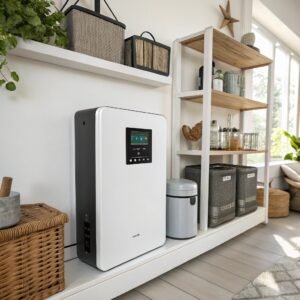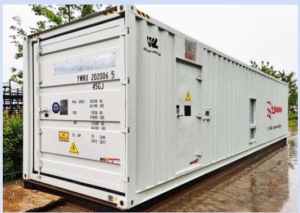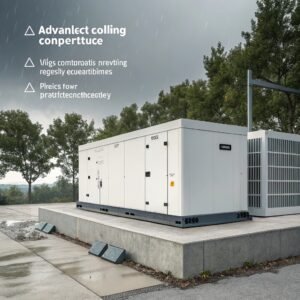Will the Electricity Generated by Solar Panels Be Stored in the Battery First or Used for the Home First?
by
Will the Electricity Generated by Solar Panels Be Stored in the Battery First or Used for the Home First?
Ever wondered how your solar system decides whether to charge your batteries or power your home appliances first? The answer might surprise you.
Solar systems prioritize powering your home immediately with PV-generated electricity. Excess energy charges batteries, then feeds back to the grid when batteries are full. This intelligent energy flow ensures maximum self-consumption.
Modern solar systems use smart inverters that constantly monitor and redirect energy flow based on real-time household consumption patterns and battery status.
What Happens When the Battery is Full? Will the Electricity Be Wasted?
Watching your solar meter spin backward feels good, but what happens when batteries can't take any more charge?
When batteries reach full capacity, excess solar energy automatically exports to the grid (in grid-tied systems) or gets deliberately curtailed (in off-grid systems), preventing waste through intelligent energy management.
Detailed Energy Flow When Battery is Full:
- Solar panels generate DC electricity
- Inverter converts to AC for immediate home use
- Surplus charges batteries until 100% capacity
- Once full, excess automatically:
- Feeds back to grid (grid-tied)
- Triggers production curtailment (off-grid)
- Powers additional loads like water heaters (with smart diverters)
Most modern systems include programming to intentionally "spill" excess to grid rather than waste it, though some energy loss does occur during conversion.
What If the Battery Dies on a Rainy or Cloudy Day? Will It Automatically Switch to Mains?
Nothing worse than your battery dying during a storm - but modern systems handle this seamlessly.
When battery reserves deplete, grid-tied systems instantly switch to mains power without interruption (typically within 20ms), while off-grid systems may shut down non-critical loads to conserve energy.
Backup Power Transition Scenarios:
| System Type | Low Battery Response | Grid Availability | Typical Behavior |
|---|---|---|---|
| Grid-Tied | <15% charge | Available | Instant grid switch |
| Grid-Tied | <15% charge | Outage | Critical loads only |
| Off-Grid | <20% charge | N/A | Load-shedding activates |
| Hybrid | <10% charge | Available | Grid charges battery |
Advanced systems like Tesla Powerwall and LG RESU include storm watch features that pre-charge batteries when severe weather is forecasted.
Can I Sell Excess Solar Electricity to the Grid? How Does Net Metering Work?
Remember when utilities only paid pennies for solar exports? Net metering has changed the game.
Most regions allow solar owners to sell excess electricity through net metering programs, where exported kWh offset imported kWh or earn credits at retail/wholesale rates depending on local policies.
How Net Metering Typically Works:
- Real-Time Export: Excess solar feeds to grid when home needs are met
- Meter Tracking: Bi-directional meter records exports vs imports
- Credit Calculation:
- 1:1 net metering (most common) - exports offset imports kWh-for-kWh
- Feed-in Tariffs - fixed payment per exported kWh
- Wholesale Compensation - pays avoided cost rates (~3-5¢/kWh)
- Billing Cycle:
- Monthly "true-up" in some markets
- Annual reconciliation in others
Pro Tip: Battery systems can maximize earnings by storing solar energy to sell back during peak rate periods when utilities pay premium pricing.
Conclusion
Solar energy systems prioritize your home's needs first, store excess in batteries, then feed remaining surplus to the grid - creating a smart, efficient energy ecosystem that maximizes every watt produced.
Understanding your system's energy flow priorities helps optimize self-consumption and financial returns from your solar investment.




